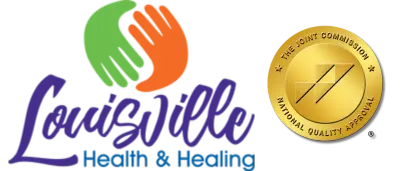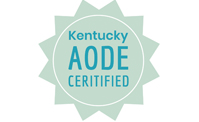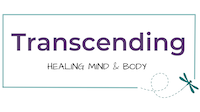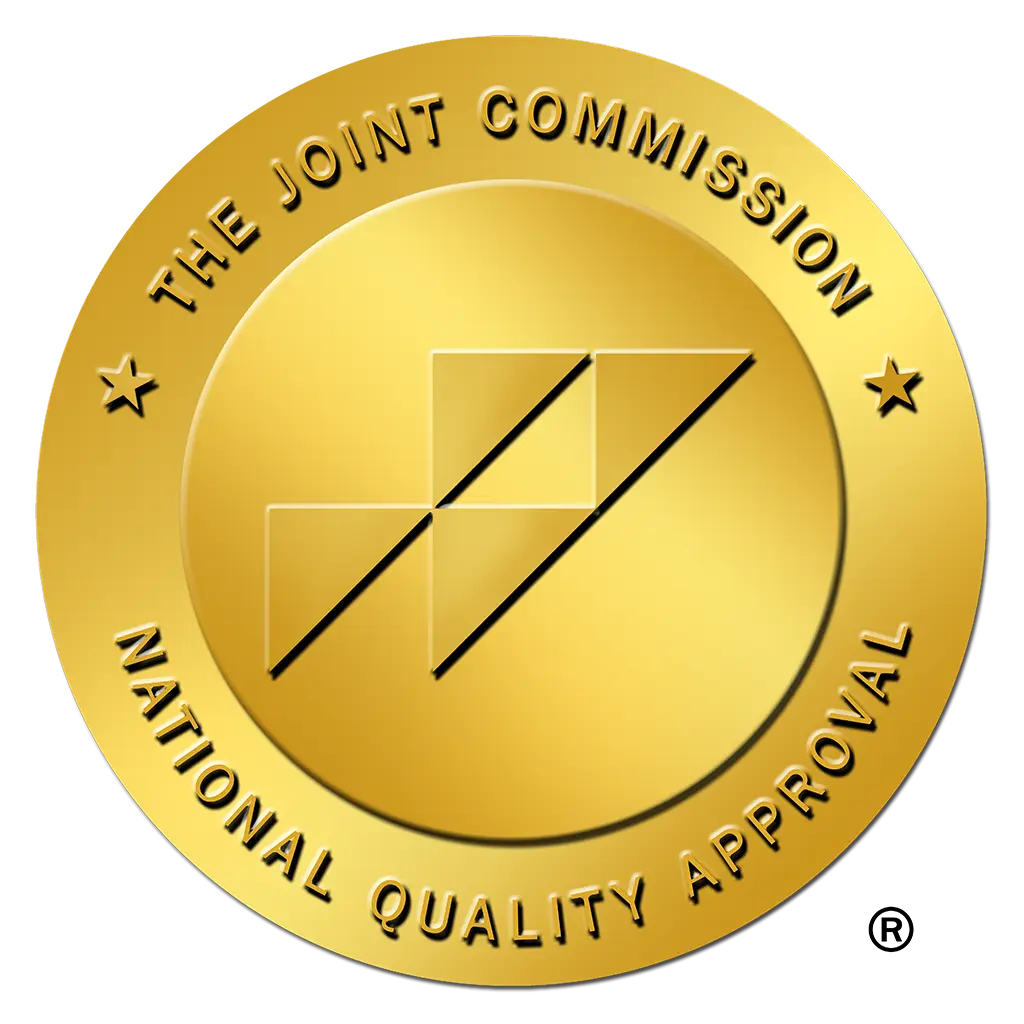“I Want To Be More Creative, But I’m Just Not…”
Feeling intimidated by the idea of trying to be “creative” can be hard for many people, especially adults. As we get older, it can become harder for some of us to get in touch with that joyful, curious, less judgemental part of ourselves – our inner, free child. To some, this inner child may be seen as ‘not appropriate’, or for others it may be perceived as a long-gone fond memory that “I’ll just never be able to go back to”. This inner child is our first source of creativity.
Culturally, we value efficiency, production, and profit, which shapes the way we engage with self-care, fun, and with this idea of creativity or art. It can be hard to take the time to do these things or value them without some ‘perfect’ and concrete ‘end-product’. We deny ourselves the opportunity for fun or growth, when we avoid doing something purely on the grounds of thinking that it’s only worth doing if it ends up being ‘perfect’ or ‘good enough’.
How many times have you said or heard someone say, “Oh, I can’t make art, I’m just not good at it”. But, I ask, good at what exactly? Creativity can be so many things – kids know that so well! Our child self was so good at just scribbling lines for the joy of the movement. We once loved the feeling of squeezing playdough and making strange blob-forms out of the colors, with no expectations or worries about the end result. Viewing art-making as having to look a certain way creates a divide between us and the very natural part of our human self that wants to make, be curious, and explore! The making-of-things, or art-making, is one of the oldest human activities and defining human traits that we all share. We are separated from many other animals for our ability to make tools – to create and be creative!
You do not need to make things for others, you can make things for yourself, just because it feels good to do so. So, let yourself make strange things! Or ugly things! Or boring things! Or beautiful, lovely things! I find it helpful to focus on the joy of the process, and then when you are eventually faced with your product, try to look at it with curiosity instead of judgment. Be curious about yourself and be patient with yourself. Getting comfortable with making things can be a process, but you can do it!
Here’s an art directive that may be helpful to start with:
- Go to the store and buy a notebook (or make one), ideally one that you like to look at. Cheap ones are okay, but finding one that you really like helps instill worth and sincerity in what you put into it.
- Warm-up to your relationship with your notebook by collecting things you like to look at. Experiment! Tape in fabric scraps, leaves, cut outs from the newspaper or magazines. Maybe step on a page and leave a boot print. Dribble some coffee on a page and see what shapes it makes.
- Find what you enjoy and play! After this experimentation, you may have found something you liked doing or seeing. Make more of it! Maybe you liked the shapes you saw in your coffee dribbles and want to make more – drawing faces and places into them, like staring up at clouds. Perhaps you liked the repetitiveness of cutting out images from magazines and finding interesting ways to tape them onto a page together – making collages!
- You can always take this a step farther and start to fill the pages of your sketchbook day by day – almost like a journal to reflect on what’s happened or what’s been felt that day. I find this to be calming and grounding. Your visual journal can even be a tool to help notice things about yourself over time. Following up with your therapist can be helpful!
I hope you’re able to find some courage and start experimenting with your art-making! If you find art-making and creating to be interesting or fun you may even want to look into expressive therapies in the future – specifically Art Therapy!







